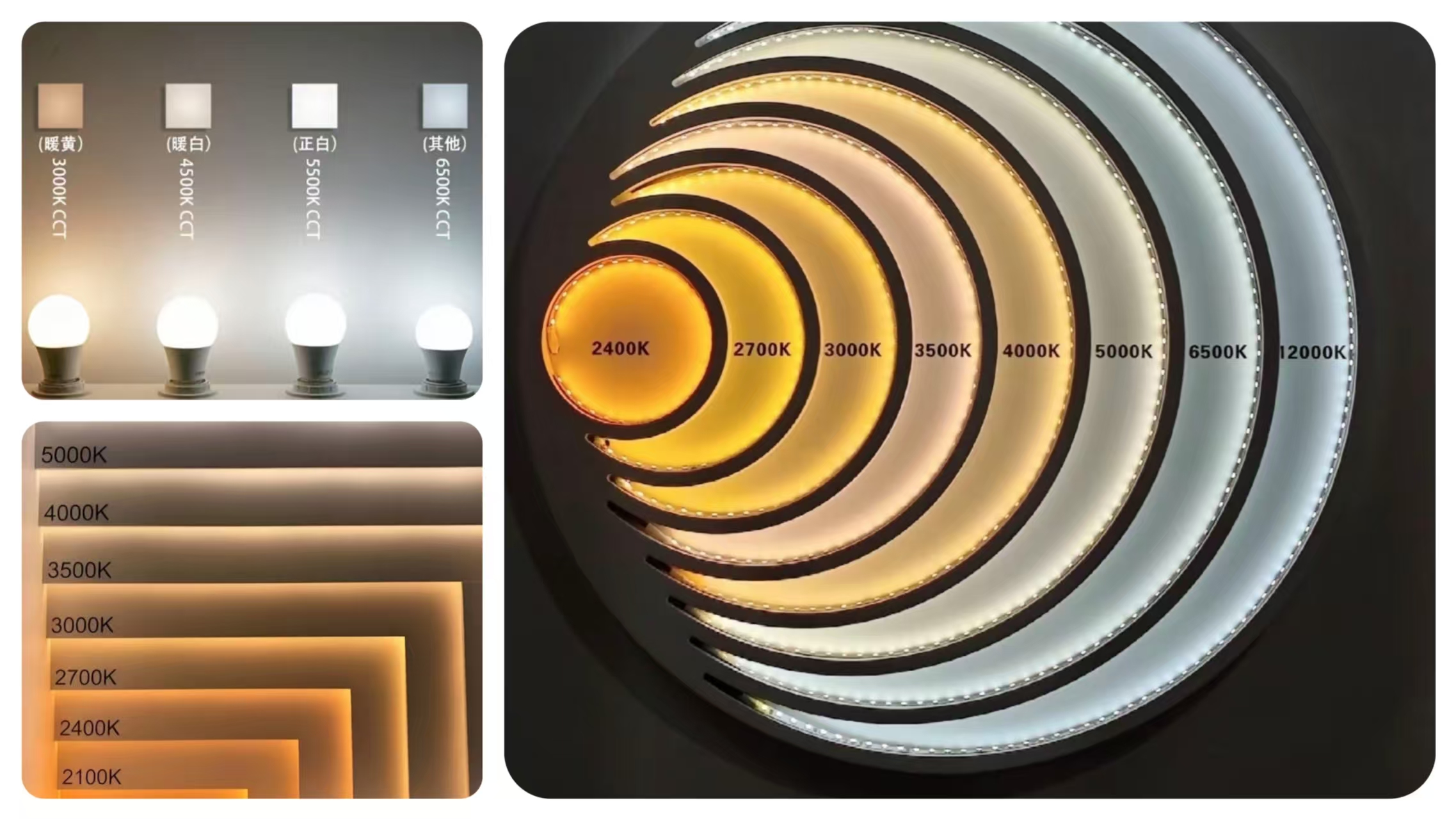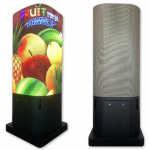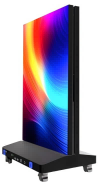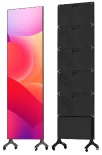LED Display Color Temperature: A Complete Guide for Optimal Viewing

When it comes to LED industry, understanding LED display color temperature is essential for achieving the best visual experience. It refers to the color appearance of light emitted by a source, measured in Kelvin (K). It is not about heat but describes whether the light appears warm or cool. High color temperatures produce cool white LED screens, while lower temperatures create warm white LED screens.
How Color Temperature Affects LED Displays
One of the most noticeable effects of it is on perceived brightness. Cool white LED screens contain more blue light, which stimulates the human eye and creates the illusion of higher brightness. This makes LED display brightness appear stronger, even if the actual luminance remains the same. In contrast, warm white LED screens are softer and easier on the eyes, ideal for relaxed environments.
Blue light in cool white LED screens can also suppress melatonin, helping viewers stay alert. This is why LED display color temperature adjustment is particularly important in workplaces, hospitals, or other professional settings. Meanwhile, warm white LED screens enhance comfort and create inviting atmospheres for home or hospitality environments.
RGB Balance and White Balance
Every LED display relies on RGB adjustment to achieve the desired LED display white balance. The proportion of red, green, and blue LEDs determines the final color temperature. Increasing the blue component results in a higher LED display color temperature, while increasing red yields a warmer tone. Modern LED display color temperature adjustment software allows users to fine-tune settings, ensuring that the LED screen visual comfort and color accuracy meet specific requirements.
Choosing the Right Color Temperature
Selecting the proper LED display color temperature depends on usage scenarios:
-
Indoor environments: Exhibits, galleries, and monitoring centers benefit from mid-range temperatures (~5000K) to ensure natural color reproduction. Optimal LED display color temperature for eye comfort reduces fatigue during long viewing periods.
-
Outdoor use: High color temperatures enhance LED display brightness perception, improve contrast, and ensure content is visible even under direct sunlight.
-
Special applications: Cinemas or art displays can tailor it to create moods. Cool white vs warm white LED screen comparison can set the tone—cool for tension or futuristic scenes, warm for romance or nostalgia.
Practical Tips
-
Always consider the viewing environment and desired mood. LED display color temperature guide suggests balancing brightness, contrast, and comfort.
-
Use color temperature adjustment software when possible to fine-tune your screens.
-
Regularly calibrate RGB settings to maintain consistent LED display color rendering and ensure the best LED screen visual comfort.
By paying attention to LED display color temperature, you not only improve LED display brightness and color accuracy but also protect viewers’ eyes and create a more enjoyable visual experience. Understanding and adjusting LED screen RGB balance is the key to making any display look its best, whether indoors, outdoors, or in specialized environments.























